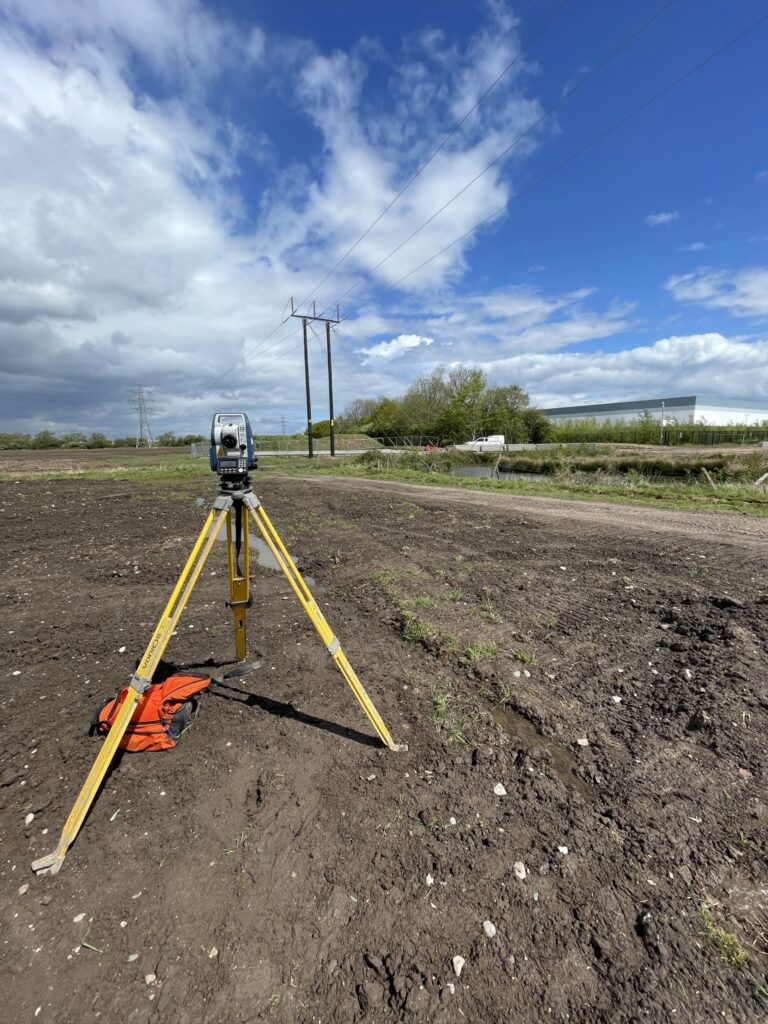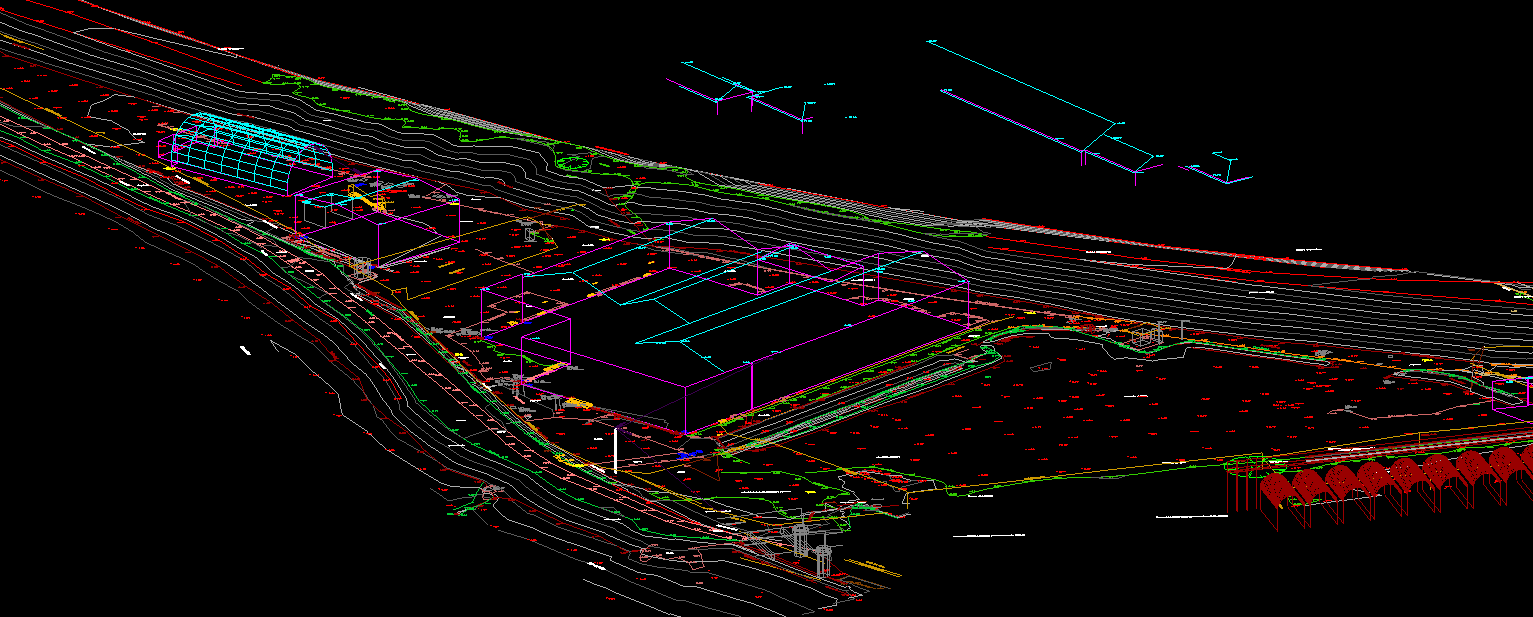Browsing the Landscape: Topographical Surveyors at the workplace
Wiki Article
Topographical Evaluating: Revealing the Intricacies of Land Terrain for Informed Choice Making and Reliable Job Implementation
If you've ever before questioned just how organizers and designers precisely browse the complexities of land surface, topographical surveying is the answer. By using cutting edge innovation and competence, topographical surveyors give valuable understandings right into the altitude, contours, and functions of the land.Relevance of Topographical Surveying in Construction
Your construction project's success relies heavily on the in-depth and precise details provided by a topographical survey's findings. A topographical study gives an extensive evaluation of the land's qualities, including altitude, slope, shapes, and existing frameworks.With the assistance of a topographical study, you can properly identify the best places for site growth, such as placing utilities, buildings, and roadways. In addition, the study helps you determine any prospective environmental restrictions or sensitive areas that might require special factors to consider during building.
Additionally, a topographical survey help in the estimate of earthwork quantities, enabling you to prepare and spending plan successfully. By understanding the existing conditions of the land, you can prepare for the quantity of excavation or fill called for, avoiding unnecessary prices and delays. The study's comprehensive information allows exact grading and progressing, guaranteeing correct foundation and stability for your frameworks.
Applications of Topographical Surveying in Urban Preparation
Topographical evaluating plays a crucial duty in urban planning by providing vital information ashore surface, making it possible for educated choice making and reliable project execution. Comprehending the topography of the area is crucial for creating functional and lasting cities when it comes to city preparation. By conducting topographical surveys, metropolitan planners can properly draw up the existing features of the land, such as altitude modifications, water bodies, and plants.These surveys help in figuring out the viability of various locations for development, permitting planners to recognize possible difficulties and chances. A topographical study can expose areas prone to flooding or landslides, enabling coordinators to take necessary steps to alleviate these risks. It also aids in identifying the very best locations for infrastructure development, such as roads, bridges, and utilities, guaranteeing efficient connectivity and optimized land usage.
In addition, topographical surveys aid in maintaining natural resources and shielding the setting. By recognizing the existing land terrain, planners can create environment-friendly spaces, parks, and leisure locations that integrate with the surrounding environment. They can likewise identify areas with environmental value, such as wetlands or wildlife habitats, and integrate steps to shield and preserve them.
Benefits of Topographical Surveying in Ecological Studies
When performing ecological research studies, it is important to identify the advantages of topographical checking in order to acquire important insights into the land surface. By performing a topographical survey, you can precisely map the physical features of the environment, consisting of altitude modifications, slopes, and water bodies, which are essential in understanding the influence of human tasks on the natural landscape. This comprehensive information permits you to determine potential locations of ecological vulnerability or level of sensitivity, such as marshes, forests, or endangered varieties habitats, that may call for special protection actions. Furthermore, topographical surveying helps in analyzing the usefulness of proposed ecological jobs, such as the building of dams, pipelines, or roadways. By recognizing the terrain, you can evaluate the prospective ecological effects and create efficient topographical surveyors mitigation methods to reduce harm. Topographical surveying assists in the efficient style and execution of environmental reconstruction or conservation tasks. By accurately mapping the existing problems, you can identify areas that call for remediation initiatives and plan one of the most suitable treatments. Overall, topographical surveying is a crucial device in environmental research studies, providing beneficial info for informed decision-making and making sure the lasting management of our natural deposits.Function of Topographical Checking in Facilities Advancement
By integrating topographical surveying data, you can efficiently create and prepare facilities jobs with a detailed understanding of the land terrain. The role of topographical evaluating in framework growth is critical as it gives exact info concerning the physical attributes and features of the land. This information enables designers and engineers to make informed decisions regarding the layout and format of roads, bridges, buildings, and various other structures.Topographical surveying assists determine possible difficulties and restraints that may affect the construction process. By drawing up the existing shapes, slopes, and elevation changes of the land, specialists can prepare for any concerns that may occur throughout building (land and topographical surveys). This information allows them to create proper methods and methods to get rid of these obstacles, guaranteeing the smooth implementation of the job

Utilizing Topographical Checking for Source Management
To successfully take care of resources, use the valuable data acquired via topographical surveying to enhance decision-making and task implementation. Topographical surveying supplies essential details about the natural sources present in an offered location, permitting efficient resource administration. By properly mapping the surface, including water bodies, vegetation, and geological formations, topographical surveys assist determine and situate beneficial resources such as minerals, oil, gas, and wood. This information makes it possible for resource managers to make educated choices pertaining to removal or preservation strategies.
Additionally, topographical surveys aid in source allocation and infrastructure planning - topographical survey. By accurately mapping the surface, surveyors can identify ideal areas for framework growth, such as roadways, pipes, and power transmission lines, decreasing the disturbance to natural deposits and optimizing source extraction or transport
Conclusion
In verdict, topographical surveying plays a critical function in various areas, consisting of building, urban planning, ecological research studies, and infrastructure advancement. By offering thorough info concerning land terrain, it makes it possible for notified efficient and decision-making project implementation. It helps in source management by determining and making use of available resources successfully. Overall, topographical surveying is a crucial tool for professionals in various sectors, helping with much better preparation and implementation of projects.Topographical checking plays a critical function in urban planning by offering necessary information on land terrain, allowing educated decision making and effective job implementation. By performing topographical surveys, city organizers can properly map out the existing attributes of the land, such as elevation modifications, water bodies, and plants.
When performing ecological research studies, it is vital to identify the advantages of topographical checking in order to get important insights into the land terrain.By integrating topographical checking data, you can efficiently intend and create infrastructure projects with a comprehensive understanding of the land surface. The duty of topographical checking in infrastructure growth is critical as it supplies accurate details regarding the physical features and features of the land.
Report this wiki page